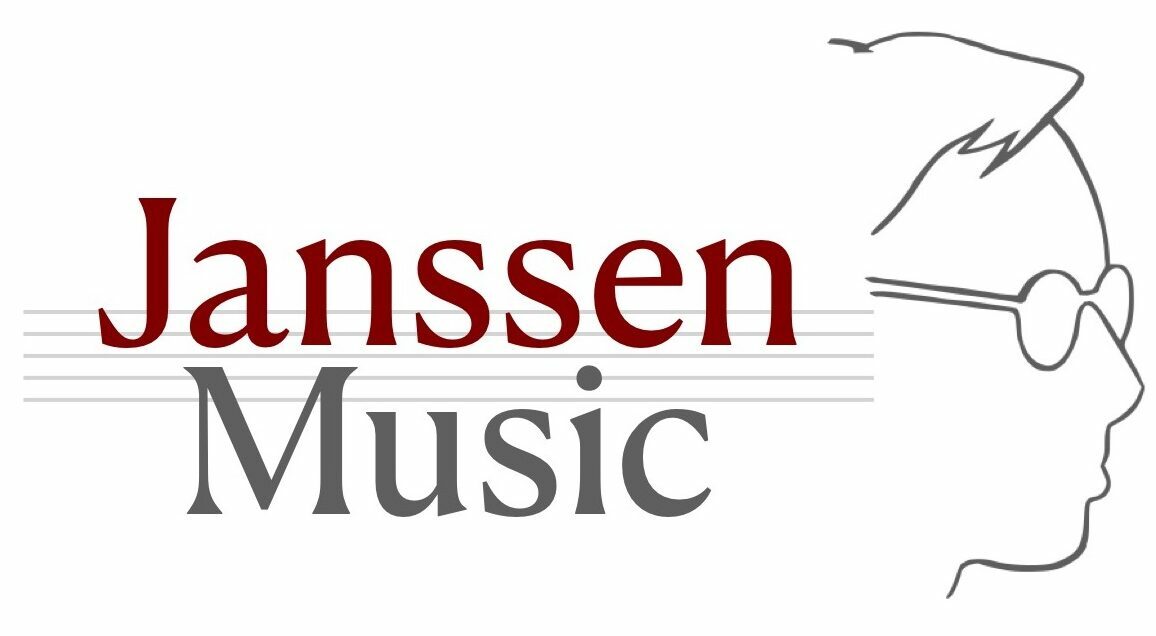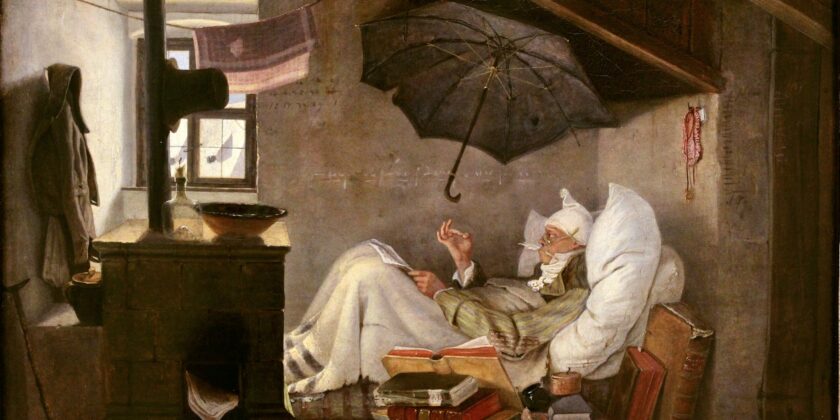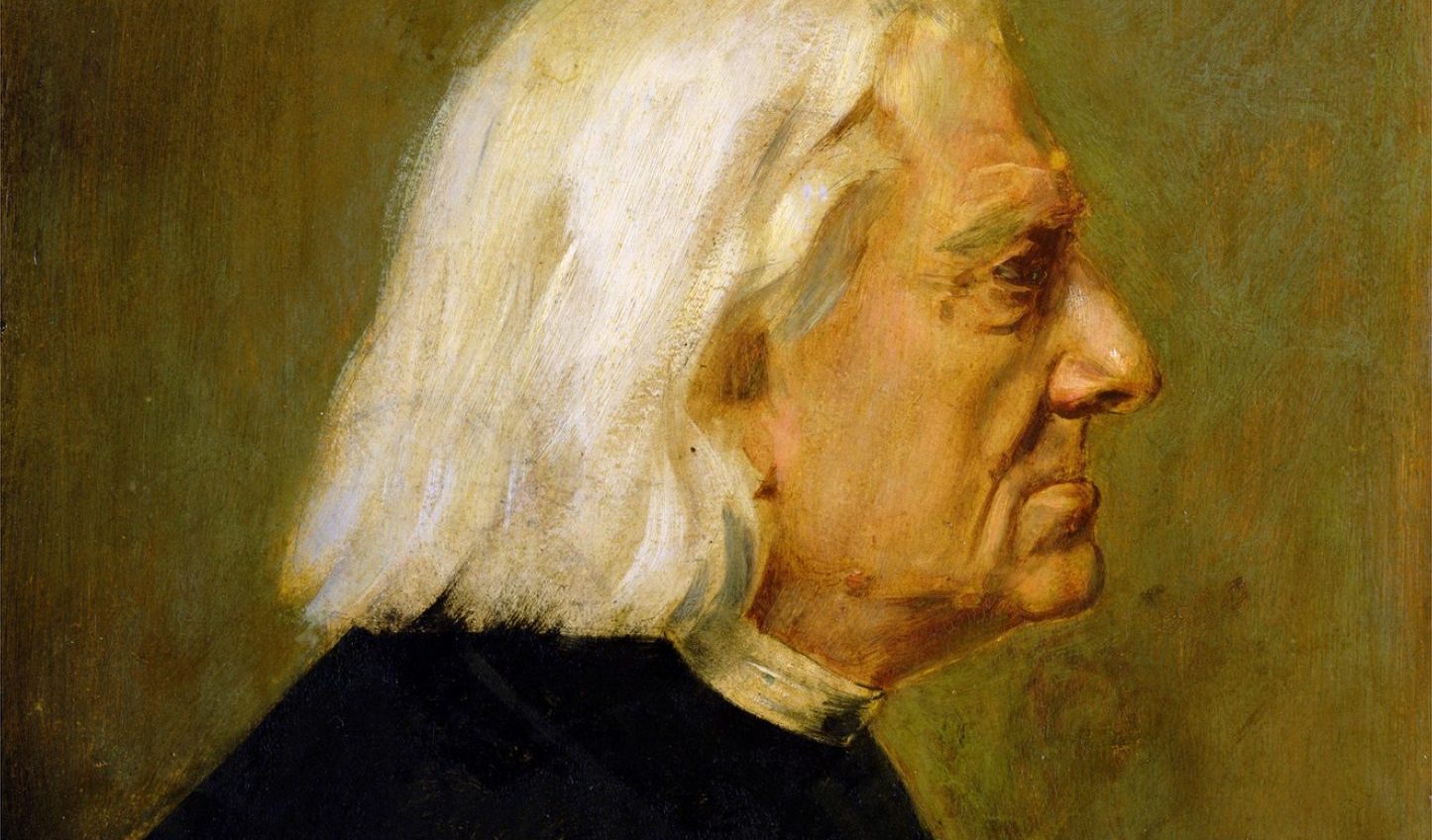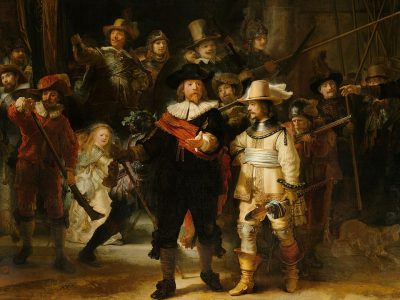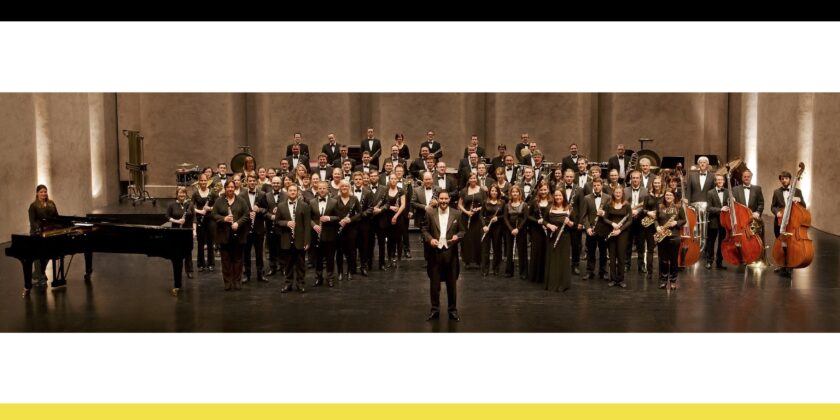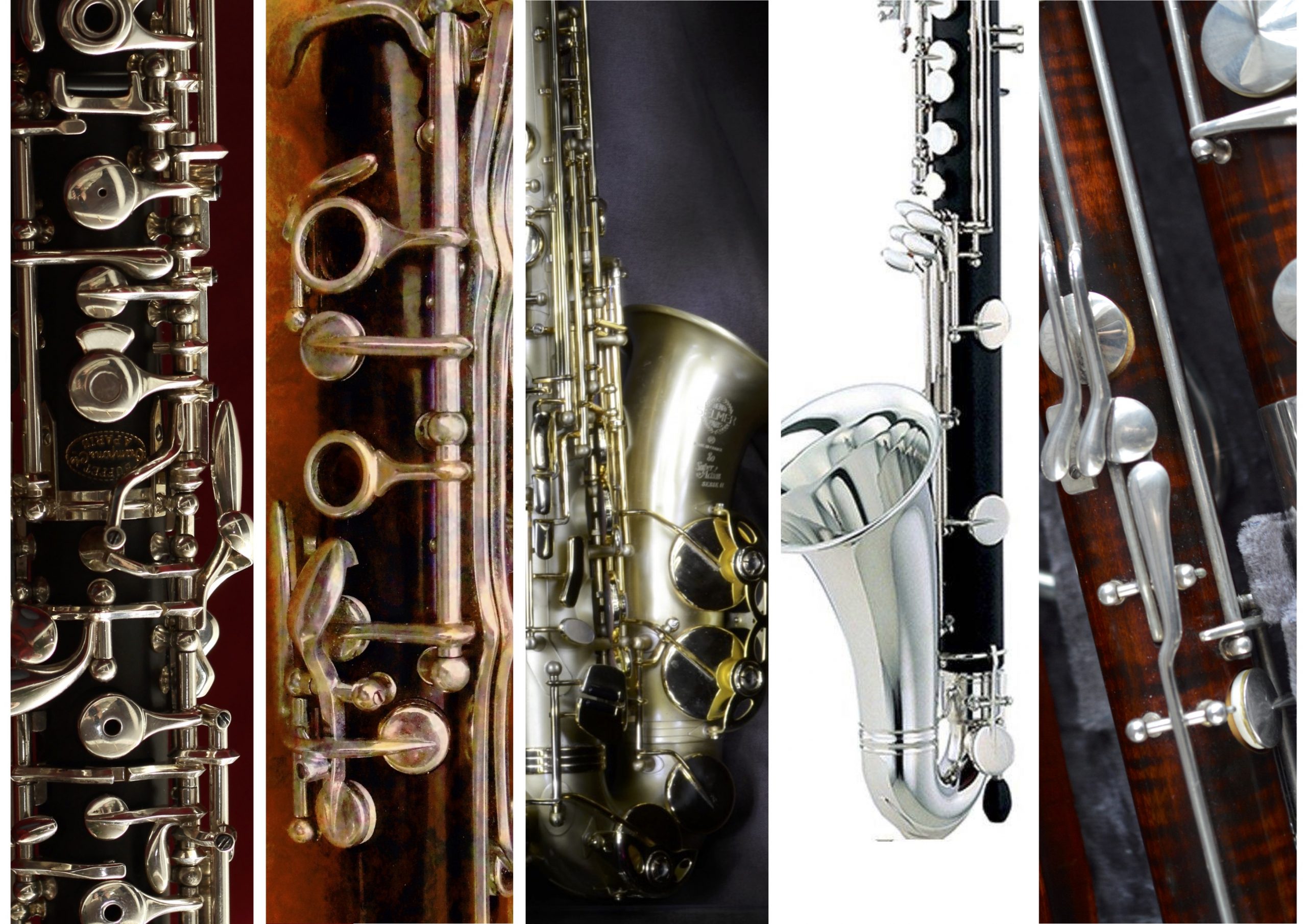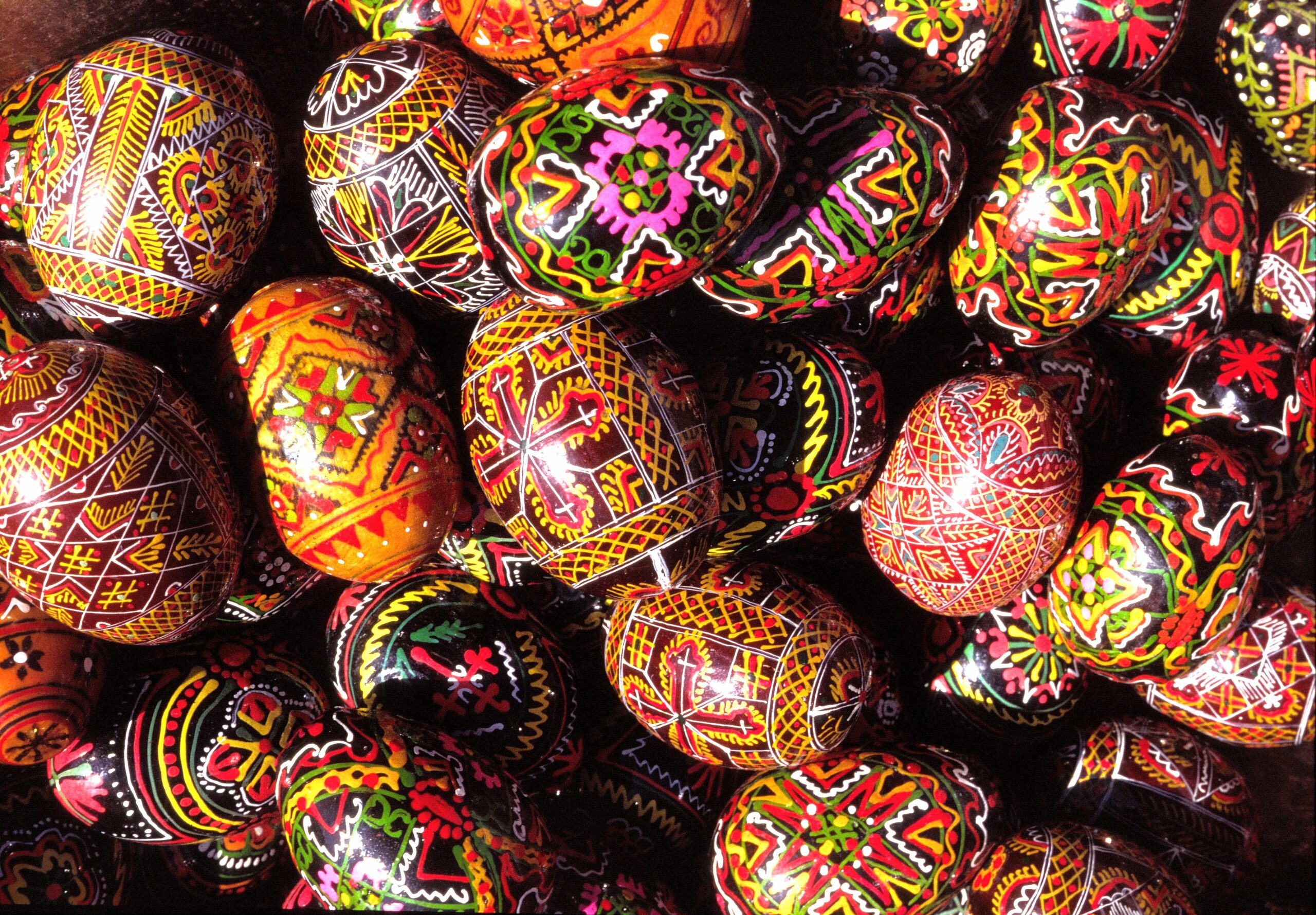Der Arme Poet
“Winner of The Valley Winds International Composition Competition, 2021 – Brian Messier, Director”
“Der Arme Poet” (painted 1839) in is the most popular painting by the German Painter Carl Spitzweg.
In 1839, Spitzweg was a beginning artist who in the 1830s lived for a long time on the top floor of a house in old Munich, from which he wrote in one of his letters: “The view is great, the roofs resemble a large mountain range, with the chimneys and attic windows like ruins and castles”.
The influence of the Biedermeier style is easily recognizable in the painting. The typical pursuit of a bourgeois bohemian existence is reflected in the various attributes. In combination with the poor environment the whole gives a parodical appearance.
The poems that were once thought to have eternal value are sacrificed to the stove as soon as they can provide some warmth.
Characteristic of the painting is the quill that holds the poet clamped between his teeth, indicating that he continues his work unrelentingly.
Above his bed you can see a hexameter scheme, which indicates the meter of verse. Next to his bed is a stack of classical books with inscriptions such as “Gradus ad Parnassum”, which represent the high ideals of the artist.
Between his fingers he seems to crush a flea, which expresses the banality of the situation.
-
 Der Arme Poet / Printed Score€ 74,00 excl. VAT
Der Arme Poet / Printed Score€ 74,00 excl. VAT -
 Der Arme Poet / Digital Set€ 170,00 excl. VAT
Der Arme Poet / Digital Set€ 170,00 excl. VAT -
 Der Arme Poet / Printed Set€ 399,00 excl. VAT
Der Arme Poet / Printed Set€ 399,00 excl. VAT -
 Der Arme Poet / Digital Score€ 32,00 excl. VAT
Der Arme Poet / Digital Score€ 32,00 excl. VAT
